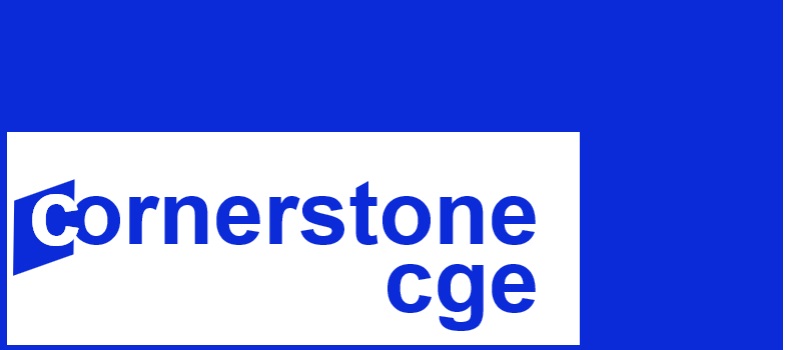Why are They Called "CGE" Models? (10 minute read)
What's in a name? Why are the models called "computable general equilibrium"? Can we learn from the name how they can be useful to decision-makers?
CGE Models - Built on Economic Theory
CGE models combine economic theory with data on the economy to compute numerical estimates of the effects of an economic shock.
Economic theories in a CGE model include concepts like the Law of Demand - "when price goes up, the quantity demanded goes down" - and the Zero-Profit Condition, which describes perfect competition and the industry composition of an economy.
These theories are the foundation for CGE model equations that describe how consumers and producers are assumed to behave. For example, a model may include a linearized import demand equation to describe how consumers will react if the import price or import tariff changes:
% Change in Quantity of Imports = A - ( B * ( Import price plus tariff) )
where A is some subsistence quantity of imports and B is an elasticity parameter that defines the quantity response to a change in the tariff-inclusive import price. The negative sign on the B parameter ensures that consumer responses in the model are consistent with the Law of Demand - when the price increases, the import quantity will fall.
Theory alone allows us to form expectations about the impact of an economic shock. For example, let's imagine that we are asked to estimate the effects of an agricultural import tariff. Using economic theory alone, we can predict that a rise in the import price will cause household demand for agricultural imports to fall. But this general observation may not be sufficient to guide policy. Will the decline in imports be catastrophic? Or will it be minimal?
Computable = Quantifying Impacts
CGE models incorporate data on an economy as a whole. The data include microeconomic data such as levels of industry output and employment, and the commodity composition of trade. The data include macro data, such as aggregate investment and the balance of trade. The data in a CGE model also include estimated values of elasticities, such as parameter B in the import demand equation discussed.
By combining theory with data, a CGE model can compute realistic numerical results for the impacts of the tariff on agricultural imports. For example, it can produce results such as a 5-percent decline in the agricultural import quantity and a drop of $3 billion in its value.
General Equilibrium = Economy-wide Adjustments
CGE models are called "general" because they describe an economy as a whole and the circular flow of income and spending that link all of its parts. The models describe producers, who generate wage and rental income for households. Households spend their income on goods, pay taxes to the government, and invest their saving. In turn, demand by households, government, investors and the export market is met by producers and perhaps by imports. Production generates wages and rents for households, and so on in the circular flow.
The database of a CGE model describes a circular flow in which the economy is in an initial state of equilibrium. Supply is equal to demand for all goods and all factors of production (land, labor and capital). Households' income is equal to their spending. Savings adequately fund investment requirements. And so on.
Then, the modeler introduces a shock, such as the agricultural tariff. This creates "disequilibrium" in the economy as a whole. Consumers and producers throughout the economy will react by adjusting the quantities that they consume or produce as price signals change. For example, the fall in agricultural imports may cause domestic farm output to increase, drawing workers from other industries and reducing those industries' output. The economy as a whole will continue to adjust as the CGE model searches for a new set of prices and quantities at which the economy is again in equilibrium.
Numerical Impacts - Comparing Old and New Equilibria
A comparison of the initial and the new states of equilibrium quantifies the effects of a shock on an economy. For example, the agricultural tariff may have led to a 2 percent decline in output of services and a 4 percent decline in employment in manufacturing.
Insights like these, that can be gained from the numerical, economy-wide CGE model results, are the reason CGE models have become so influential in our understanding of, and debates about, events such as climate change, tax changes and the Covid pandemic.
Copyright Cornerstone CGE CC 4.0 BY-NC-SA
